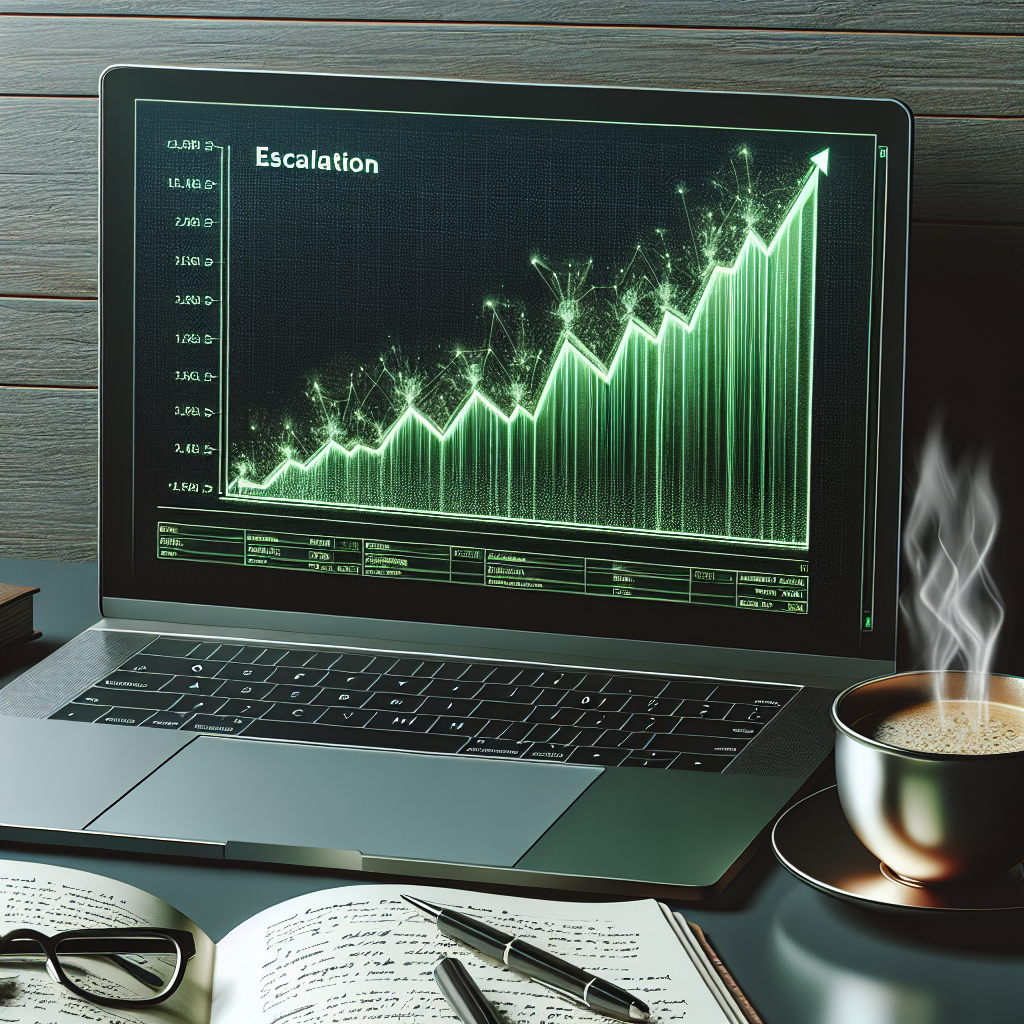Understanding Inflation Trends in 2025
Introduction
As the United States navigates through 2025, inflation rates are on the rise, causing a ripple effect across various economic sectors. As of August 2025, the inflation rate surged to 2.7% in June and is projected to reach 2.8% in July. This blog will delve into the factors influencing inflation, its implications for the market, and what investors should consider moving forward to navigate these changes successfully.
Inflation, defined as the general increase in prices, has implications that extend to consumer behavior, market stability, and investment strategies. Understanding the dynamics at play is crucial for consumers, businesses, and investors alike. This article seeks to provide insights into current trends, forecasts, and actionable recommendations.
1. Recent Inflation Data
The Consumer Price Index (CPI) reflects significant changes, forecasting a year-over-year increase of 2.8% for July 2025. Core inflation, which excludes food and energy, is expected to hit 3.1%, marking a noticeable jump from prior months. Rising import costs and tariffs contribute heavily to this trend, particularly affecting essential sectors, including:
- Furniture and Apparel: Retailers are passing increased costs onto consumers, meaning higher prices at checkout. Consumers should be prepared for noticeable price changes in both everyday and luxury items.
- Used Cars and Fares: Industries such as used car sales and airline transportation are anticipating price hikes in response to inflationary pressures. These adjustments could lead to tougher budget considerations for consumers planning essential purchases or travel.
Given these dynamics, it’s imperative to keep an eye on upcoming CPI reports for further insights into inflation trajectories.
2. Market Implications and Federal Reserve Response
The Federal Reserve is poised to respond to these inflation trends during its upcoming September meeting. Historical data suggests that as inflation rises, the Fed’s approach to interest rates may shift significantly. Fed Chair Jerome Powell indicates a cautious stance on interest rate cuts, contingent on the CPI’s trajectory.
Should inflationary trends persist, analysts speculate that the central bank may rethink its monetary policy. Investor expectations are likely to fluctuate as market participants assess the potential for interest rate hikes. A proactive approach to understanding Fed policy and its implications on bond and equity markets will be vital.
3. Economic Indicators
- Import Duties Effects: Recent analyses reveal that tariffs could contribute an additional 0.12% to monthly CPI increases. Predictions suggest core CPI inflation may rise to an estimated 3.3% by year-end.
- Consumer Spending Trends: Eroding purchasing power due to rising prices means consumers may alter spending habits, impacting business margins and corporate earnings. Companies that can navigate these changes will likely have a competitive edge in the market.
Understanding these indicators will empower consumers and investors to make informed decisions in an evolving economic landscape.
4. Strategic Implications for Investors
Navigating Forward
Investors should focus on trends signaling erosion of purchasing power and adapt their strategies accordingly. Key insights include:
- Investment Opportunities: Historically, sectors like commodities and real assets tend to perform well in inflationary environments. Allocating investments toward these areas may provide protection against price increases.
- Altered Consumer Behavior: Observing shifts in consumer spending patterns will be essential. Investors should monitor sectors that adapt well to these changes, ensuring continued profitability amidst fluctuating economic conditions.
Anticipating changes in consumer habits could significantly enhance investment strategies and mitigate risk.
5. Content Strategy Recommendations
To promote understanding of inflation trends, financial content should:
- Educate Effectively: Utilize clear, straightforward language and visuals to highlight critical insights about inflation’s market impact. Simplifying complex data increases engagement and retention among readers.
- Engage with Visuals: Infographics and data visualizations can clarify inflation trends and their implications on investments. Such elements enhance comprehension and make the content more shareable.
Incorporating these strategies will create a richer educational experience for our audience.
Conclusion
As inflation continues to rise in 2025, all market participants must stay informed about evolving economic conditions. Stakeholders are urged to follow the latest news and analytical insights to navigate the complexities of the financial landscape effectively.
For continuous updates and tailored insights on inflation, subscribe to our newsletter and visit our Inflation Watch Hub for comprehensive resources.
Multimedia Elements
- CPI Trends Graph: An engaging line graph showcasing historical CPI data compared to projected trends for 2025.
- Sector Performance Chart: A bar chart illustrating how various sectors are expected to respond to rising inflation.
- Infographic Summary: A concise infographic highlighting key findings and investor recommendations related to inflation impacts.
By utilizing this comprehensive analysis and engaging multimedia, content creators can effectively educate their audience on the evolving landscape of inflation in the US for 2025.
